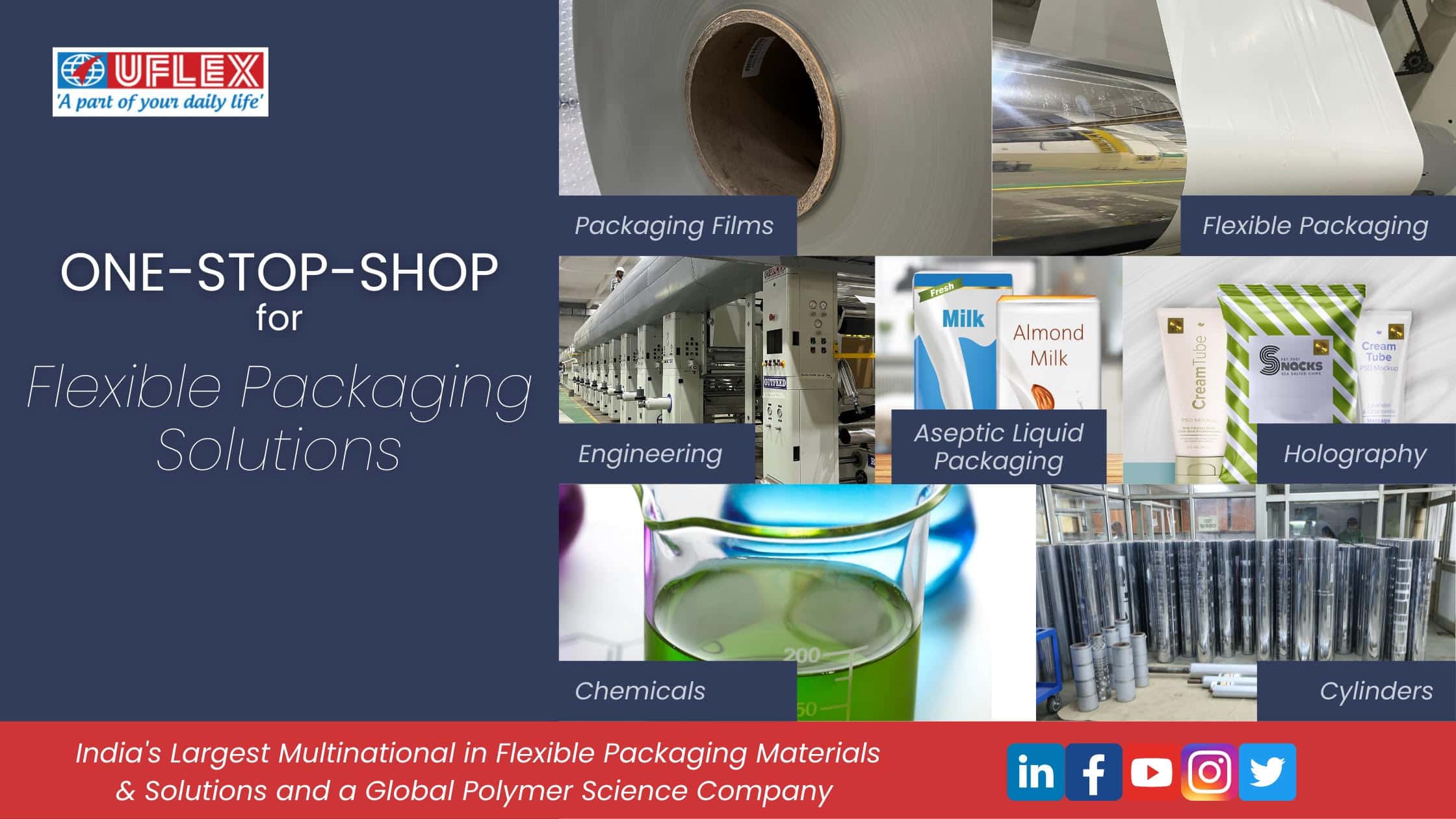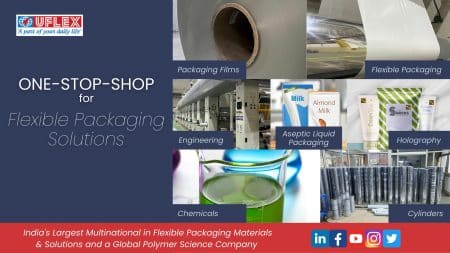Industries are meant for the creation of wealth and developing of an economy. However, there is one industry that has a unique role of wealth creation both through its manufacturing activities and also by way of preserving the wealth or value generated in many other industries, it is the packaging industry.
Packaging was once considered a part of the manufacturing process and not as a separate industry as it is today. Over a period of time packaging emerged as a crucial segment of any economy in proportion to the growth-both in terms of its business size and technical competence.
Today packaging, in particular the flexible packaging market is worldwide has gone up from $58.3 billion in 2011 and is expected to touch $ 71.3 billion by 2016.The yearly growth rate is also expected to be more than 4%. According to a report, the flexible packaging market in Asia-Pacific region has grown in both volume and value in the year 2012-13 and is expected to be fastest growing region, rising at a CAGR of 4.4% from 2013 to 2019. This trend is expected to continue owing to the rapid economic development in the region which in turn has resulted in the growth of various industries such as food & beverages, personal care products and pharmaceuticals among others.
Technical advancements have also dramatically changed how flexible packaging is viewed. It has become the most favoured form of packaging replacing rigid packaging like glass, metals etc. It is estimated the global consumption of plastic packaging will grow at an annual rate of 3.5% over the next 5 years reaching $ 231 billion by 2018.
In the Indian context the flexible packaging industry has proven its mettle by growing at an exceptional pace. The industry has registered a growth of 20-25%.
Apart from providing employment opportunities, contributing to the economy through its services, packaging doubles up as a source of preservation to products like snack foods, candy and confectionery, sugar, rice & other cereals, beverages, tea & coffee, desert mixes, noodles, wheat flour, soaps and detergents, shampoos & conditioners, vegetable oil, spices, marinates & pastes, cheese & dairy products, frozen food, sea food, meat, anti-fog, pet food, pharmaceuticals, contraceptives, garden fertilizers and plant nutrients, motor oil and lubricants, automotive and engineering components etc.
Flexible packaging has a catalytic role in the modern economy. This form of packaging offers a variety of exciting marketing opportunities to the producer without increasing the cost of production. The packaging can be tailored to suit the merchandising requirements. Flexible style of packaging can be customized into practically any shape or size. They can also incorporate a variety of colors and styles. Flexible packaging helps businesses and brands gain recognition.
The role of flexible packaging isn’t limited to just attract the consumer. It is also meant to protect the perishable items inside. Protection from contamination and deterioration throughout its shelf life is also an integral part of good flexible packaging. It must also be informative of the nutrients and ingredients and other details in compliance with the labeling and packaging regulations.
Owing to the growing competition in the flexible packaging sector the manufacturers worldwide are increasingly coming up with innovative and effective flexible packaging products and solutions. The greatest attribute of flexible packaging that has been the mainstay of this sector is how well it is in sync with a variety of customer trends. Good looks, sustainability, convenience are some of the factors that have matched customer’s expectations.
Keeping up with the times and the dynamics of the packaging industry UFlex has been a pioneer in setting benchmarks for delivering innovative packaging concepts and to ensure the safety and viability of the packaged food in its life cycle.





